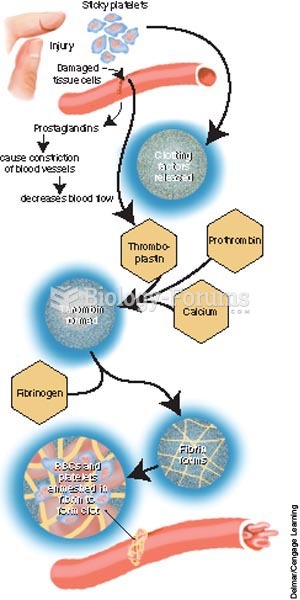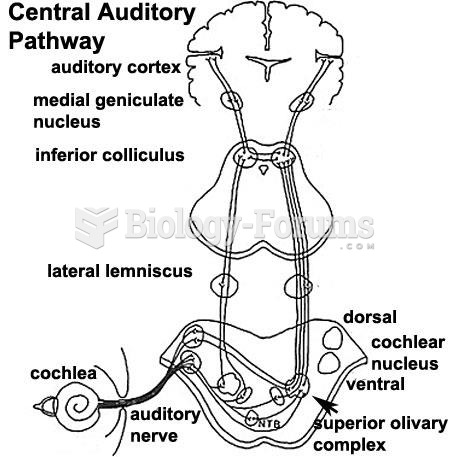Answer to Question 1
Most educational institutions have placement offices whose career counselors are eager to
assist students in finding a position. Besides listing employment requests from area
businesses, career counselors often coordinate job fairs that bring potential employers to the
campus to interview students. Career counselors often arrange for students to attend regional
job fairs. Regional job fairs attract a larger number of employers and are open to students from
many schools.
A comprehensive placement center would offer workshops on rsum preparation and
interviewing techniques. These placement centers can also serve as the disbursement center
for employment-related credentials that each student selects to be sent to prospective
employers. These credentials would include a rsum, a list of references, and an unofficial
transcript. Many career placement centers offer software programs which help you make
career decisions, as well as books, pamphlets, and magazines related to current employment
trends. These centers can also assist in researching employers.
Often, career counselors can help students get a part-time job while they are in school. Many
college placement centers offer to help students long after they graduate.
Answer to Question 2
The first step in the job search process is to analyze yourself and your professional
qualifications. You need to consider what kind of work interests you and what qualifications
you have that would help you perform that particular work.
a) Career goals: To determine your career goals, ask yourself these questions: What
professional position, if any, do I have now? What position do I want when I complete my
course of study? What position do I want two years from now? What position do I want five
years from now? These are the basic questions many people use to create a five-year plan, a
fundamental building block in career planning.
b) Education: Think about how education affects your career goals by asking yourself these
questions: What courses, degrees, or training have prepared me for my career goals? Can I
achieve my career goals with the education I now have? Do I need additional courses to
qualify for the position I want? Will I need additional education and training for the position I
want in the future?
c) Experience: Analyze your work experience by asking yourself these questions: What work
experience do I have that is related to the position I want? How is this experience related to
my career goals? If I do not have related experience, how can I acquire such experience? Do I
have additionalthough unrelatedexperience that will demonstrate a successful work
history?
d) Personal characteristics: Define your personal characteristics by asking yourself these
questions: What are my major strengths and weaknesses? Do I enjoy working with figures,
computers, or people, or a combination of these? Do I like variety? Do I want responsibility?
Do I like challenges and problem solving? Would I accept a position that offers advancement
but frequently requires overtime? What do I like to do?
e) Your ideal job: The next step is to become very specific. Begin by describing your ideal
potential employer and the position you would want with that firm. It is okay to dream a little
when writing this descriptionyour goal is to determine the type of position you want.
Compare your description of your ideal company and position with your analyses of your
goals, education, experience, and personal characteristics to see how the two sets of
information fit. If almost every category is in harmony with the others, proceed to the next step.
If your personal assessment and the description of your ideal position and company do not
agree, however, work through both sets of information again to decide where you should make
changes.
For example, you may learn that the type of job you want as a computer programmer exists,
but the available positions are in southern California, and you were hoping to work in Texas.
Should you stick to your original plan or rethink your choices? You must consider your choices
and establish your priorities. This leads to the second step in the job search: assessing the job
market. Look for connections as you examine your career goals, education, experience,
personal characteristics, and your ideal job. Similarities can indicate a potential career path.







